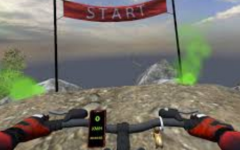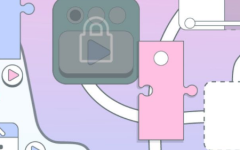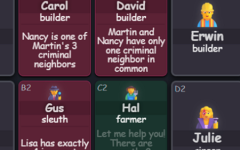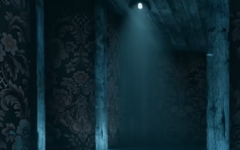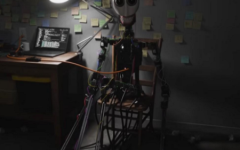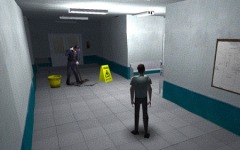Advertisement
TESTIMONIUM
Advertisement
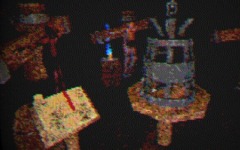
Testimonium begins with a package delivered to a regular apartment. No return address. Inside is a VHS tape without a label, marked only by a burned-in symbol. There are no explanations. When the tape is played, the screen distorts, and the apartment begins to change. The player is no longer in the world they know. What seemed like a simple delivery turns into something else, without clear reason or context.
Repeating Corridors And Shifting Rooms
The space inside the tape is made of narrow passages, sealed doors, and empty halls. There are markings on the walls, remnants of past rituals, and objects with no clear function. There are no characters, no messages, and no voices to explain what is happening. Progress is made through trial and error. Some doors open again, others close permanently. The more time passes, the less certain the layout becomes.
Elements That Shape The Experience
The structure of the game is based on returning to the same areas with small changes. There are no goals listed on screen, no interface, and no direct guidance. The player must understand the environment through repetition.
Core components include:
- A short loop that lasts around 10 minutes
- Environmental interaction without text
- Shifting architecture between sessions
- Visual storytelling through space and sound
- Absence of combat or characters
A Place Without Explanation
The world of the tape does not follow normal rules. Sometimes rooms return in a new form. Sounds come from beyond walls. Objects shift between runs. There are no traditional threats, yet the setting creates tension. As the player continues exploring, the surroundings grow more unstable. Patterns begin to form, though their meaning remains unclear. It becomes hard to tell what changed and what stayed the same.
An Endless Delivery
Testimonium does not resolve in the usual way. It offers no completion screen or ending scene. Instead, the player is drawn back to the beginning, as if the tape resets on its own. Each cycle reinforces the idea that this process has happened before. There may have been others who received the same delivery. The tape does not ask for anything. It only plays. The loop continues. The delivery repeats.





















































































































